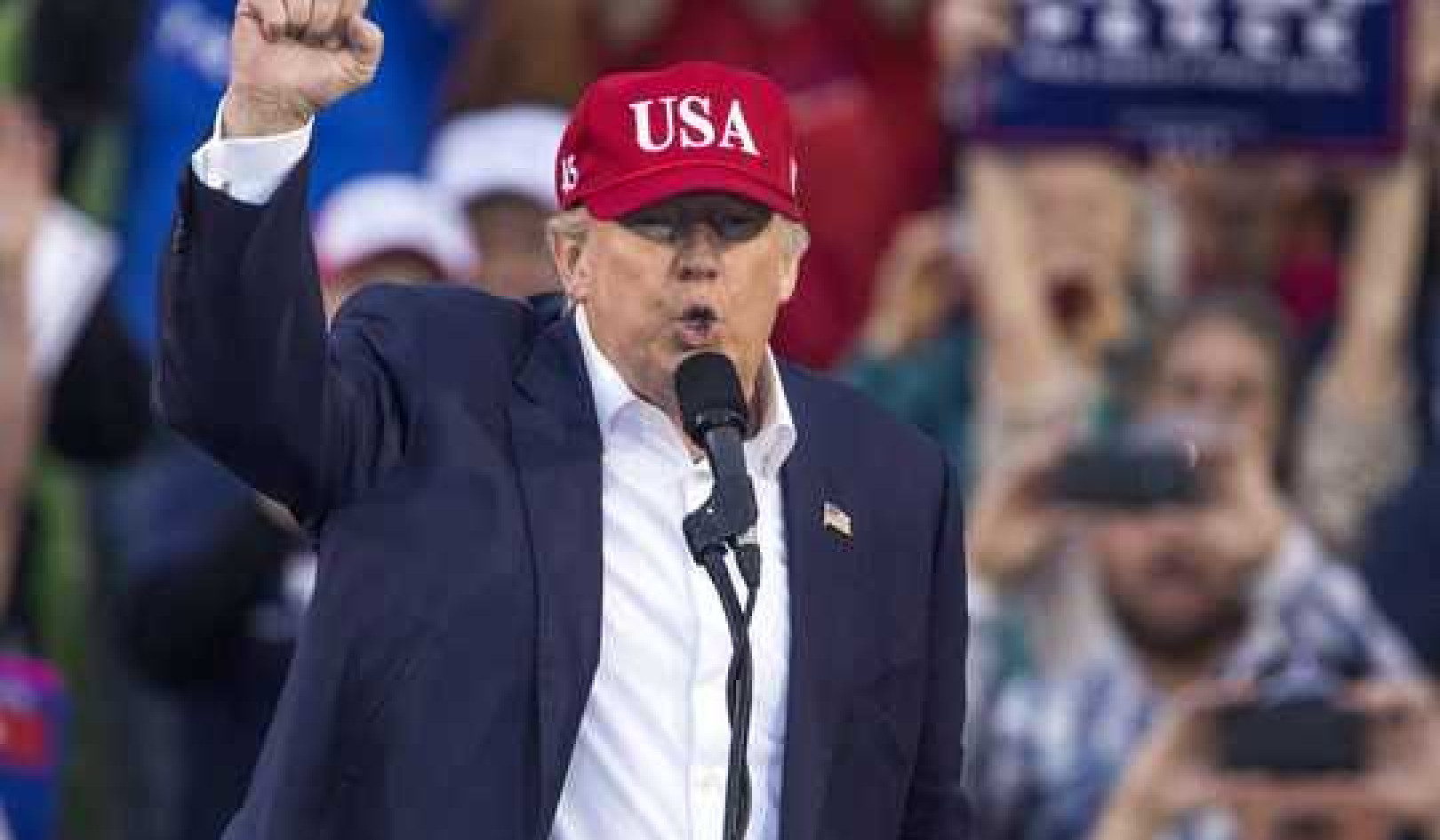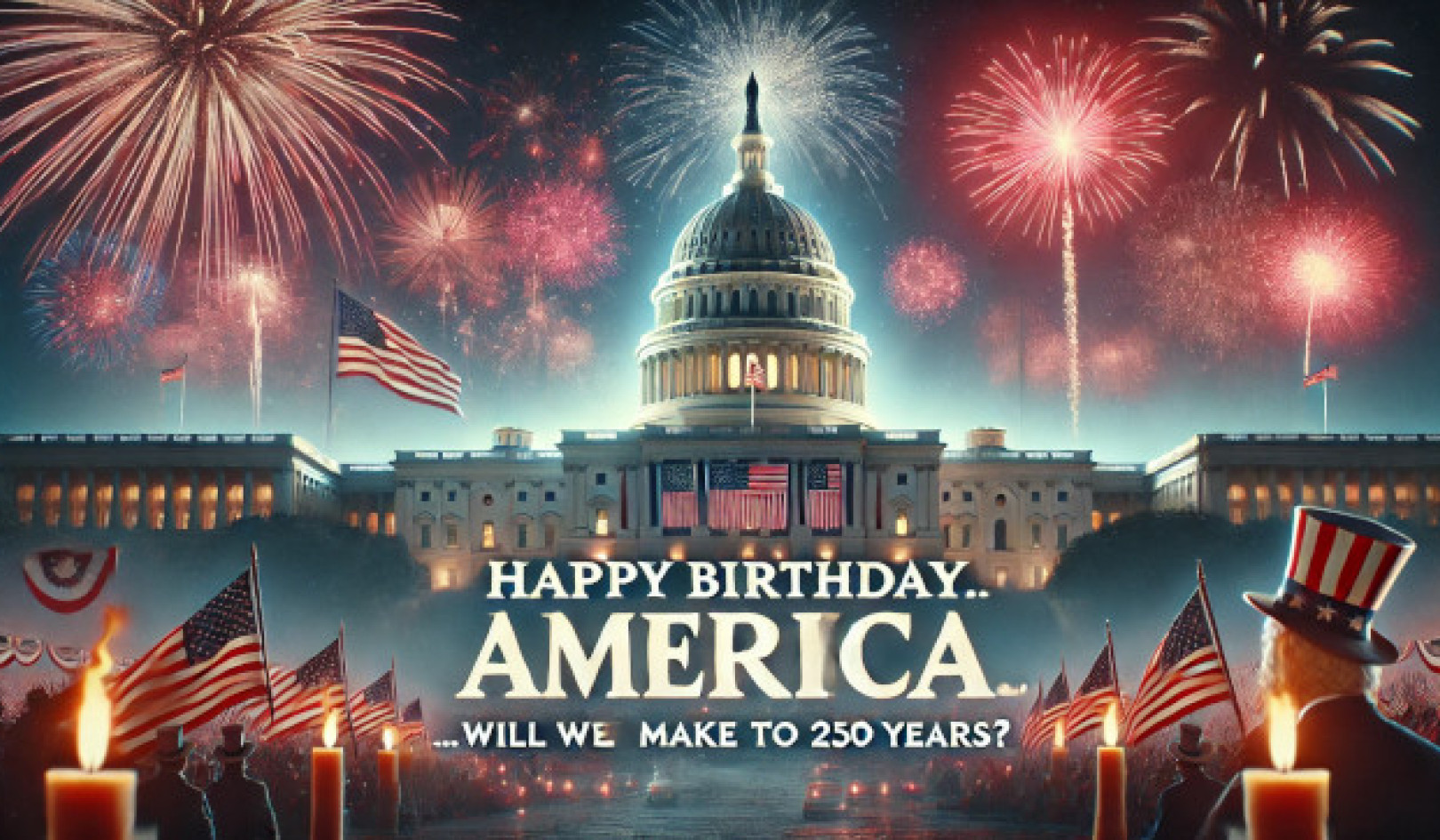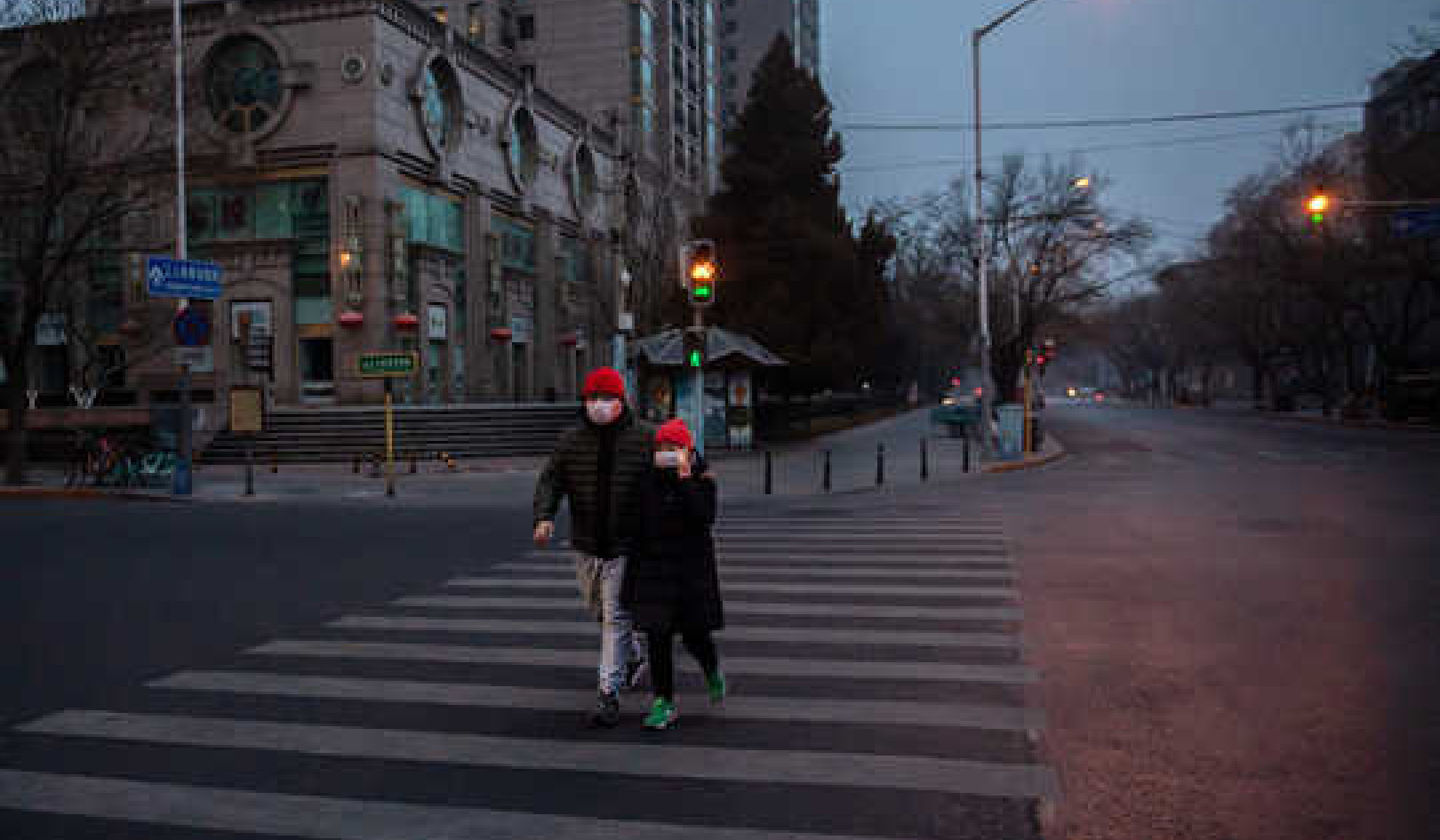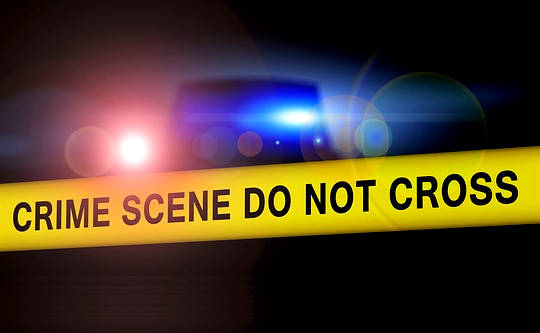
The use of lethal force by police officers in Minnesota and Baton Rouge has once again sparked protests over the violent dynamic between citizens and the police.
The ideal today is “democratic policing,” a concept developed by scholars like Gary T. Marx at MIT. Broadly, this refers to a police force that is publicly accountable, subject to the rule of law, respectful of human dignity and that intrudes into citizens’ lives only under certain limited circumstances.
Partly in response to this ideal, policing in America has evolved considerably over the past 50 years. There have been changes in hiring, how relations with civilians are managed and what technologies are used.
The 20th century has seen a slow but steady integration of minorities and women within police forces. Different managerial models aimed at improving relations with citizens have also influenced policing over the last 40 years. The most prominent among these are community-oriented policing, problem-oriented policing and intelligence-led policing.
Policing has also been deeply transformed by the rapid integration of new technologies leading to computerization of police forces such as the profiling of crime hotspots, access to a broader range of weapons like tasers and the deployment of surveillance technologies like drones and closed circuit TV.
Some of these changes have been positive, but as recent events show, many problems remain. Why hasn’t more progress been made?
Not all police forces are equal
One problem is the inequality inherent in the system. For example, Washington, D.C. has 61.2 police officers per 10,000 residents, while Baton Rouge has just 28.7.
Policing in America is not a standardized profession guided by an established set of procedures and policies. There are at least 12,000 local police agencies in the United States, making it one of the most decentralized police organizations in the world.
There are more than 600 state and local police academies across the country delivering training programs that vary tremendously in content, quality and intensity. This, inevitably, has an impact on the skills of their graduates.
Differences in policing also reflect the quality of leadership and the availability of resources.
Police chiefs and commanders represent a critical source of influence. They provide the doctrine by deciding whether to focus on prevention or repression of crime. They design strategies like police visibility or zero tolerance. And they identify the practice to be adopted – rounding up the usual suspects or systematic stop-and-frisk.
Often, however, these police practices are not aligned with public expectations. Citizen review boards – such as those in New York City or San Diego – are the exception rather than the norm.
And then there is the money issue. Police departments that are financially crippled are simply not able to provide regular training and therefore don’t have the expertise to pursue certain kinds of crime. The policing of fraud, for example, requires financial expertise and specialized units.
From public relations policing to intensive policing
Policing styles in America vary according to the targeted audience.
Police work in an affluent neighborhoods is often characterized by “soft” policing strategies. In other words, policing in those areas is more a question of making people feel secure than actual crime fighting.
However, in disadvantaged, multi-ethnic neighborhoods, police presence and activity are often more intense. They are there to target crimes that have been identified as priorities by police leadership and elected officials.
In fact, one policing model, predictive policing, can exacerbate racial tension between law enforcement and African-American communities.
Predictive policing is based on crime analysis and computerization. This model helps law enforcement mobilize their resources in places where crime tends to concentrate. These crime clusters tend to be located in poor and disadvantaged communities. However, trying to prevent crime by focusing police forces on some addresses, street corners and blocks increases police-citizens encounters. Some of these encounters – even between police and law-abiding citizens caught up in the dragnet – can turn violent.
Another noticeable trend that is front and center in the media today is the “militarization” of police.
This blurring of the distinction between the police and military institutions, between law enforcement and war, began in the 1980s and has only intensified since. It was reinforced by public policy rhetoric calling for a “war on crime,” “war on drugs” and “war on terror.” Police forces began to acquire military equipment and implement militarized training with little or no accountability. For instance, in the wake of 9/11, several local police departments received funding from the Department of Homeland Security and Department of Defense with little or no guidance on how to spend the money. This led to the unnecessary purchase of military equipment including armored cars, bulletproof vests for dogs and advanced bomb-disarming robots.
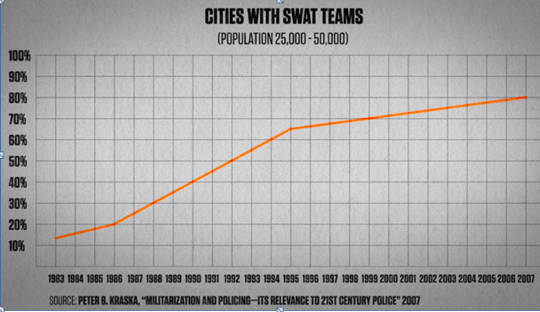
Author provided
As a result, we have seen a booming of SWAT (Special Weapons and Tactics) teams: 80 percent of cities with 25,000 to 50,000 inhabitants now have a SWAT team. From the late 1990s, through the 1033 Program, the Department of Defense has authorized the transfer of military equipment to police departments across the country. Since 2006 the police have bought 93,763 machine guns and 435 armored cars from the Pentagon. All this has only heightened the real and perceived potential for deadly force by police officers.
Now I see you
Another significant change in modern policing is the increasing capacity to monitor criminal activity and the population in general.
Police agencies now have access to a vast network of closed-circuit television (CCTV) monitors, allowing the surveillance of public and private spaces. Just to give a few numbers, the Chicago Police Department has access to 17,000 cameras, including 4,000 in public schools and 1,000 at O’Hare Airport.
Drones, too, are increasingly in use. The U.S. Border Patrol deploys them to monitor smuggling activities. They have been purchased by a number of local police departments, including those in Los Angeles; Mesa County, Arizona; Montgomery County, Texas; Miami Dade; and Seattle.
A mirror of society
In many regards, police agencies are a mirror of our beliefs and values as a society.
When applying this assumption to the phenomenon of intensive policing, it is not surprising, I would argue, that a country that has the highest rate of gun ownership among Western countries, the highest murder rate by guns among advanced democracies and the largest military apparatus in the world would see a militarization of its police.
The same reflection can be made about the use of police surveillance technologies in a society where information technology increasingly defines our interactions.
Ultimately, policing is inseparable from politics. Police organizations are constantly influenced by political pressure, such as the nomination of a new chief of police or new laws that police must enforce. The state of our police system, in other words, for good or for ill, is an accurate proxy measure of the state of our democracy.
About The Author
Frederic Lemieux, Professor and Program Director of Bachelor in Police and Security Studies; Master’s in Security and Safety Leadership; Master’s in Strategic Cyber Operations and Information Management, George Washington University
This article was originally published on The Conversation. Read the original article.
Related Books:
at InnerSelf Market and Amazon






















